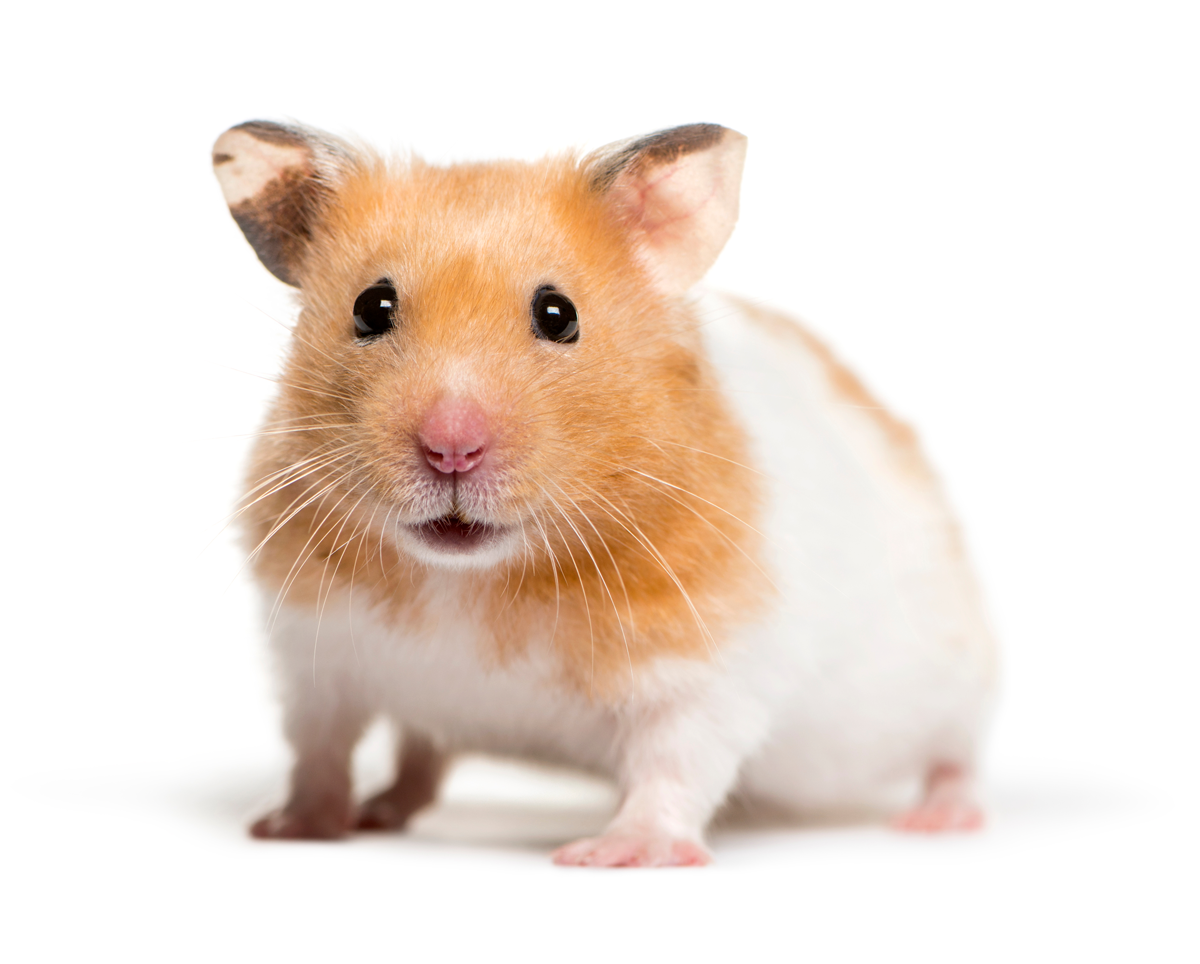Best Hamster Breeds for Companionship
When searching for the perfect companion pet, many people overlook the wonderful world of hamsters. These small, furry creatures can make delightful, low-maintenance pets that offer companionship and joy. In this article, we’ll explore the best hamster breeds for companionship, their unique traits, and tips on how to care for them.
Understanding Hamster Breeds
There are several different species of hamsters, each with its own characteristics and behaviors. Understanding these differences can help you choose the right breed for companionship. The most common hamster breeds include Syrian, Roborovski, Campbell’s, and Chinese hamsters. Each of these breeds boasts distinct personality traits, sizes, and lifespans, which can influence your decision. Syrian hamsters are often considered the most friendly and easy to handle, making them ideal companions for families and first-time pet owners.
Syrian Hamsters
Syrian hamsters, also known as golden hamsters, are the largest and most popular breed for companionship. They typically grow to about 6 to 7 inches in length and have a lifespan of 2 to 3 years. One of the standout features of Syrian hamsters is their friendly nature. They tend to enjoy human interaction and can be easily tamed, making them perfect for individuals and families alike.
Roborovski Hamsters
The Roborovski hamster is the smallest species, usually measuring around 4 inches in length. They are known for their energetic and playful nature, although they can be skittish and are not as easily handled as Syrians. Despite their size, Roborovski hamsters are social creatures that thrive in pairs or small groups. If you’re looking for lively companions who enjoy watching each other, consider these little balls of fluff.
Caring for Your Hamster
Caring for hamsters requires understanding their specific needs, including habitat, diet, and socialization. With the right care, hamsters can be great companions that provide love and affection.
Habitat Setup
An essential aspect of hamster care is creating the right living environment. A spacious cage with proper bedding materials, toys, and tunnels allows your hamster to explore and remain active. Syrian hamsters need at least 24 inches by 12 inches of floor space, while Roborovski hamsters prefer a slightly smaller setup but should also have integrated exercise wheels to stay healthy. Make sure to place their cage in a quiet area free from drafts and disturbances to reduce stress levels.
Feeding Your Hamster
A balanced diet is critical for hamsters to thrive. High-quality commercial pellets can be supplemented with fresh fruits, vegetables, and occasional treats to ensure a varied diet. However, avoid giving them citrus fruits, onions, or sugary foods, which can be harmful. Each breed may have slightly different nutritional needs, so consult with your veterinarian for specific dietary recommendations.
Socialization and Playtime
Socialization is key in nurturing a bond with your hamster. Regular handling and interaction can foster trust and help them become comfortable with humans. Additionally, providing opportunities for playtime outside their cage encourages physical activity and mental stimulation. Interactive toys and maze-like setups can engage their curiosity and mimic their natural behaviors.
Building Trust
When you first bring your hamster home, give them time to adjust to their new environment. Start by talking to your hamster and allowing them to recognize your voice. Gradually introduce handling by letting them familiarize themselves with your hand before full handling. Avoid grabbing them quickly, and let them walk into your palm; this approach promotes comfort and reduces stress.
Playing Safely
When it comes to playtime, safety is essential. Ensure that the area where you let your hamster roam is free of hazards, such as wires, small objects, or places where they might escape. You can also invest in hamster balls or tunnels that allow them to explore while staying safe. Supervised play helps in building a strong bond and ensuring your hamster has a good time in a secure way.
Final Thoughts
Choosing the right hamster for companionship is about understanding their individual traits and needs. Syrian and Roborovski hamsters are among the best breeds for people seeking friendly, affectionate pets. With the right care, love, and attention, hamsters can be delightful companions that brighten any home. Providing a great habitat, nutritious food, and regular interaction will ensure a happy life for your new friend.
FAQ
1. What is the most friendly hamster breed?
The Syrian hamster is widely considered the most friendly hamster breed. They are known for their engaging personalities and can be easily tamed and handled, making them perfect companions for families and individuals seeking a social pet.
2. Are Roborovski hamsters good for kids?
While Roborovski hamsters are playful and social, they tend to be more skittish and less tolerant of handling compared to Syrian hamsters. Therefore, they may not be the best choice for young children, as they might find it difficult to catch and hold them correctly.
3. Do hamsters need to live in pairs?
Syrian hamsters are solitary animals and should be housed alone. On the other hand, Roborovski hamsters can thrive in pairs, but it’s essential to monitor their interactions to ensure they get along and do not fight.
4. How can I keep my hamster entertained?
Keeping your hamster entertained involves providing a variety of toys and activities that stimulate their minds. Consider adding tunnels, climbing structures, and chew toys to their habitat and scheduling regular playtime sessions outside their cage.
5. What should a hamster’s diet consist of?
A hamster’s diet should primarily consist of high-quality commercial pellets. You can supplement this with fresh fruits and vegetables, but avoid citrus fruits and sugary snacks. Always provide fresh water, and consult with a veterinarian for specific dietary needs tailored to your hamster breed.
